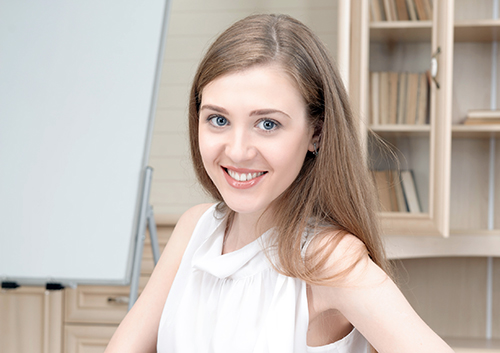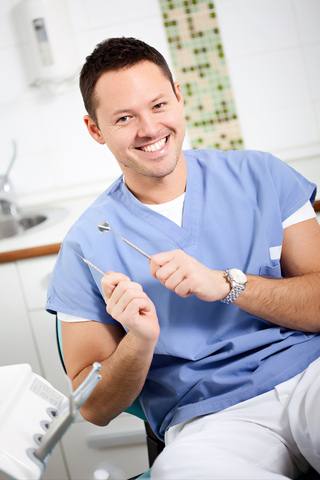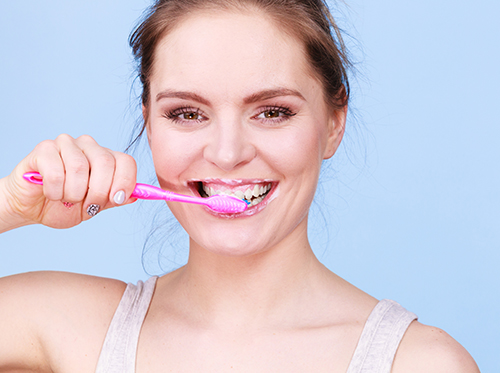In-Ovation® Benefits
January 31st, 2024

In-Ovation braces are much smaller than traditional braces, are less noticeable on your teeth, and use the method of self-ligation. This type of braces doesn’t require the use of the elastic bands to keep the wires in the correct place, which makes your orthodontic experience more convenient and comfortable.
There are two types of In-Ovation braces: In-Ovation R and In-Ovation C, both of which supply the same benefits of less pain than traditional braces, shorter treatment time, and a beautiful smile!
In-Ovation R Braces
This impressive orthodontic treatment is specifically aimed to provide you with a better hygienic and aesthetically favorable treatment procedure while moving your misaligned and crooked teeth into a better more attractive position.
In addition, the distinctive method of In-Ovation R braces provides less discomfort because there is nearly no pressure applied to your teeth. Another benefit of In-Ovation R braces is you do not require as many visits with Dr. Douglas and Larry Harte during your treatment process.
Other benefits include:
- Quicker treatment time: About four months shorter than the traditional braces
- More comfortable
- Fewer visits to our Sparta or Livingston, NJ office
- Enhanced facial aesthetics
- Shorter orthodontic appointments with no uncomfortable adjustments
- No elastic bands or metal allows for easy care of your dental health and a reduction in the risk of developing cavities
With traditional metal braces, elastic bands are used to keep the wires in place. In-Ovation R braces use a free-sliding technology that gently moves your teeth while implementing minimal to no pressure. The procedure can also make the entire progress quicker and completed without all the discomfort and inconvenience.
In-Ovation C
In-Ovation C braces offer all same the benefits of In-Ovation R, with one small difference: this type of braces is clear in color. Rhodium (a silvery-white metallic element) covers the clips making the In-Ovation C braces appear less visible. In-Ovation C braces offer a more inconspicuous way to straighten your teeth, and give you that beautiful smile you always wanted.





